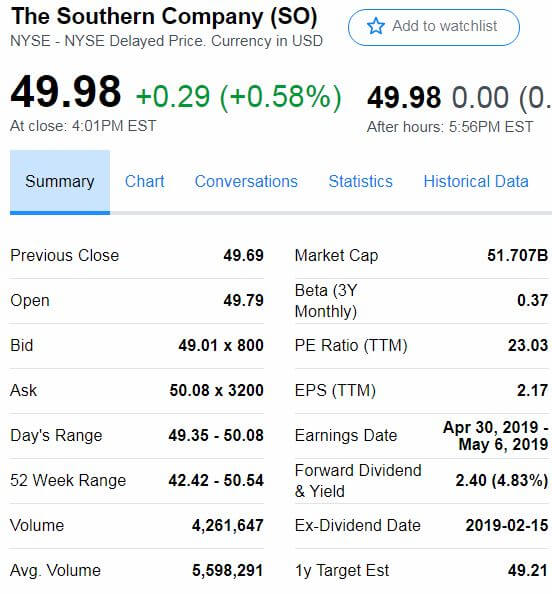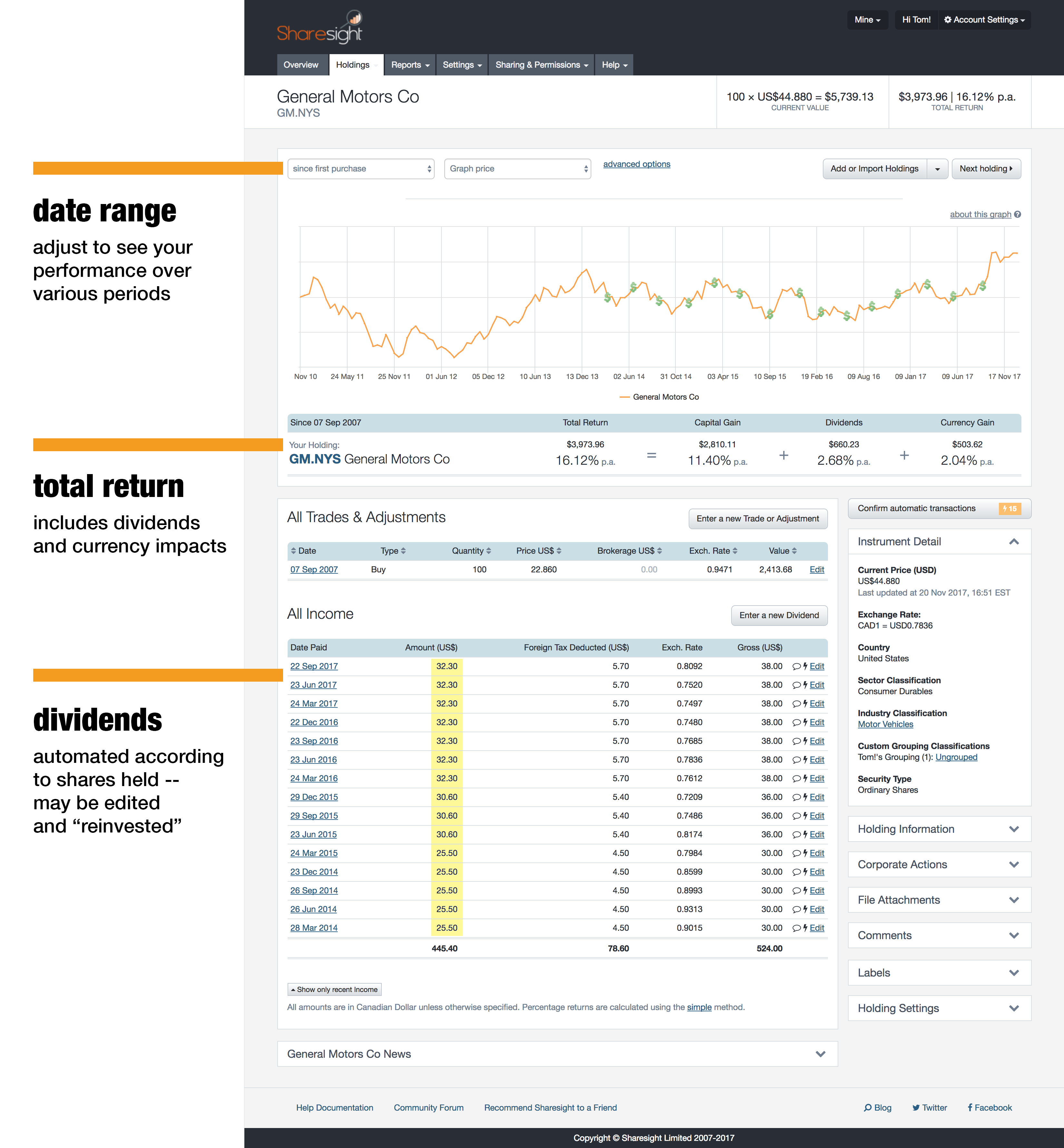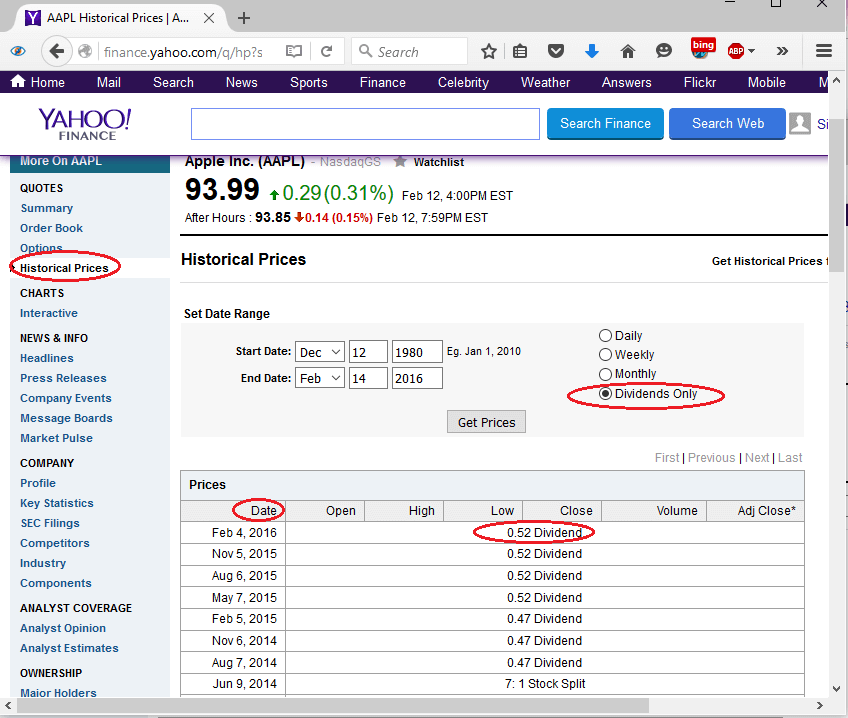

Who picked it: Grace Lee, Portfolio Manager, Columbia Dividend Opportunity Fund (INUTX).“I like the defensive nature, I like the growth in the yield, I like the visibility going forward,” says Huber. In fact with the stock currently around $255, Huber thinks it should be more properly valued around $305 to $310, which would be a very healthy boost for new investors. That’s a nice thing, in a world where we are not quite sure where things are going.” “This is a company where we can look for low double-digit earnings growth. “We’re starting to see some traction there,” Huber says. Its mix of new product launches, aggressive R&D investing, targeted acquisitions, and smart cost management makes for a solid balance sheet and accelerating growth prospects. Its defensive nature, coupled with reliable income, should give recession-wary investors some comfort as a place to hide out while still enjoying growth potential. But its steady, recurring business of medical supplies-not sexy, perhaps, but certainly needed-means that it is an especially attractive investment in volatile market times. Since Becton Dickinson’s stock price has basically been level for the past five years, that has made it a “frustrating” investment for shareholders, admits Huber. Its absolute yield may not be lofty-in fact it is slightly below the average yield of the S&P 500, which currently stands at 1.65%-but that record of uninterrupted dividend growth means that investors can be confident of enjoying an annual raise.

This medical equipment and supply firm is very familiar to income investors, thanks to its hallowed status as a so-called dividend aristocrat: Those companies which have increased their dividends annually for at least the past 25 years. Who picked it: Tom Huber, Portfolio Manager, T.“We think they are very well-positioned, with a strong understanding of their customer. “There are a lot of minefields in the consumer discretionary sector, and we feel this is a strong class act in an area that can be vulnerable to fickle customers,” she says. That’s why sticking to established operators, with proven track records and solid dining brands, is key.

They also eschewed the trend of third-party delivery apps, referring to control all points of the customer experience. From food cost inflation, to rising wages, to a Covid crisis that temporarily shut down the whole dine-in industry, restaurant operators have had to rewrite their business playbooks on the fly.ĭarden used that Covid period to re-evaluate essentially everything in their business model, Pomeroy says: From the use of technology to marketing to cost controls, which lets them keep menu price increases below inflation rates. To be sure, there are plenty of challenges to overcome, in a business where many restaurants just aren’t able to make the numbers work. But Pomeroy thinks there is even more runway ahead: In fact, the company just announced the acquisition of another prominent name in the restaurant world, Ruth’s Chris Steak House. “And what we know is that our companies are very likely to pay dividends.”ĭarden enjoyed a very solid 2022, as investors shied away from more speculative stocks in favor of reliable cash machines. “In situations where the market goes nowhere, the returns investors get are basically only dividends,” says Pomeroy. Pomeroy’s sweet spot is companies that not only boast a dividend yield of at least 3% but also enjoy growth prospects that could allow them to boost their dividends even further. That’s because Pomeroy is a fan of parent company Darden Restaurants, which oversees not just Olive Garden but other chains like LongHorn Steakhouse and Capital Grille. If you are a regular customer of popular restaurant chain Olive Garden and its unlimited soup, salad and breadsticks, you are of keen interest to Neuberger Berman’s Sandy Pomeroy.

To help navigate this tricky but rewarding market niche, we talked to five top fund managers and analysts from investment firms such as Neuberger Berman, T. Many of these companies, which are in poor financial health, end up cutting their dividends, leaving buyers high and dry. These stocks offer seemingly generous payouts relative to their share prices-but only because their share prices have recently been beaten down by frustrated investors. One of the biggest is a so-called value trap. Of course, as with any investment strategy, there are some dividend pitfalls to avoid.


 0 kommentar(er)
0 kommentar(er)
